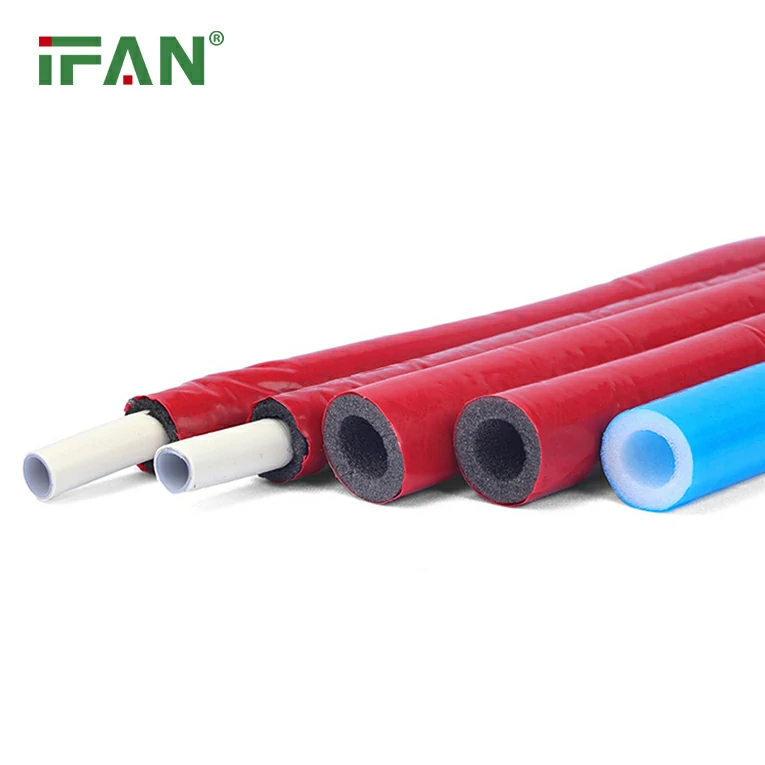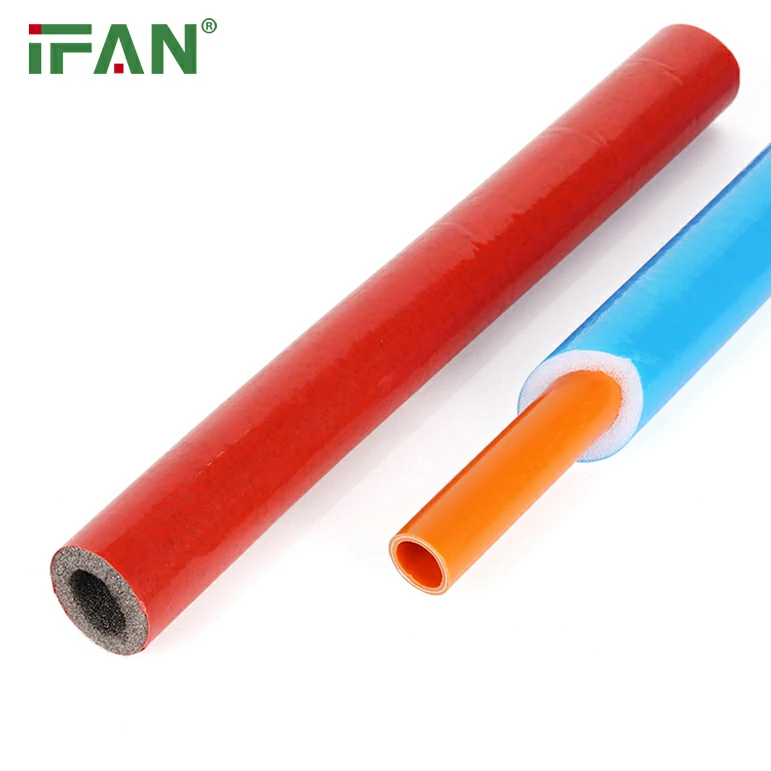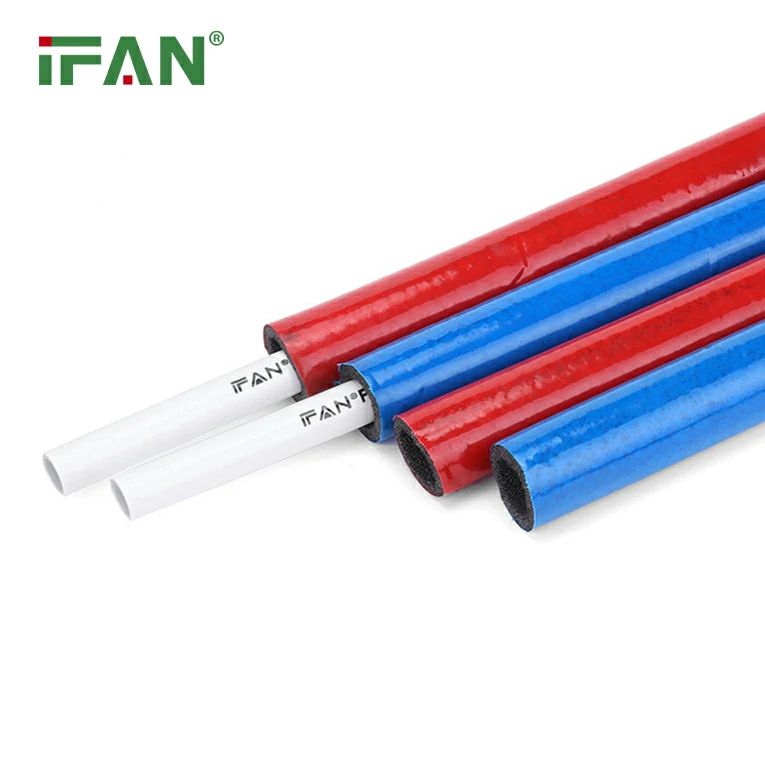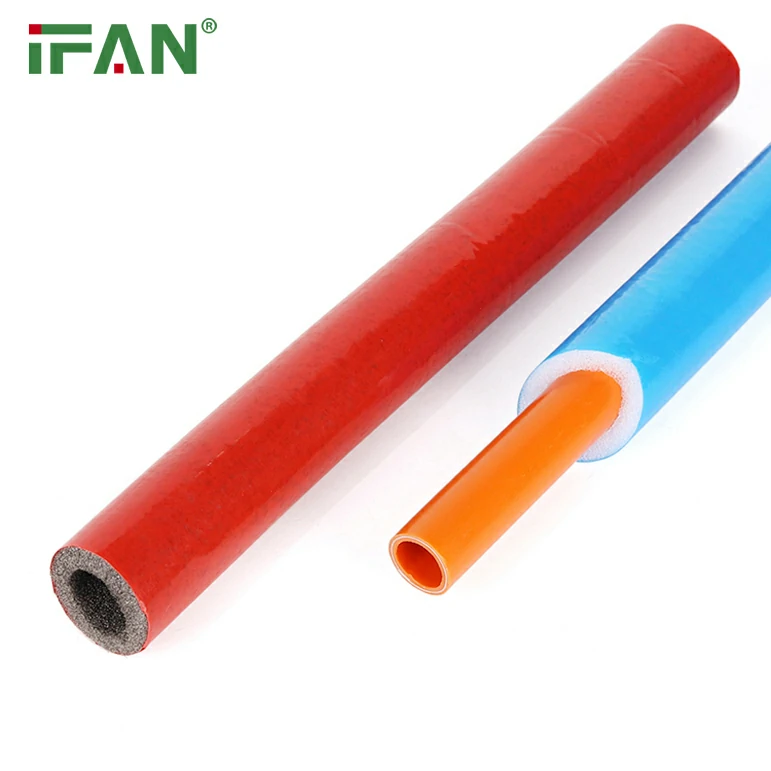PEX (cross-linked polyethylene) pipes have gained widespread popularity in the plumbing industry due to their flexibility, durability, and ease of installation. However, concerns about the safety of materials used in plumbing systems have grown over the years, particularly regarding the potential for organic contaminants to leach from PEX pipes into drinking water. Studies have shown that various organic compounds can be released into water that comes into contact with PEX pipes, which has raised questions about the health implications for consumers.
This article provides an overview of organic contaminants identified in water that comes into contact with PEX pipes, discusses the potential risks associated with these contaminants, and examines the regulatory standards in place to address these concerns.

Understanding PEX Pipes
PEX pipes are made from cross-linked polyethylene, a type of plastic that has been treated to enhance its properties. The cross-linking process involves bonding the polyethylene molecules to form a three-dimensional network, which makes the material stronger, more flexible, and resistant to heat. These pipes are commonly used for water distribution, radiant heating, and even in snow melting systems.
While PEX pipes offer numerous advantages, their composition and manufacturing process can result in the leaching of various substances into the water they carry. One of the primary concerns is the presence of organic contaminants, which are chemical compounds that can originate from the material itself or from other sources during the manufacturing, installation, and use of the pipes.
Organic Contaminants in PEX Pipes
Organic contaminants refer to a wide range of chemical compounds that can be found in the environment, including pesticides, volatile organic compounds (VOCs), and other chemicals that have a carbon-based structure. These compounds can enter drinking water when they leach out of materials that come into contact with the water, such as PEX pipes.
The potential for leaching depends on a variety of factors, including the type of PEX pipe, the quality of the material, the age of the pipes, the temperature of the water, and the length of time the water is in contact with the pipe. Some of the most commonly identified organic contaminants in PEX pipe contact waters include:
1. Phthalates
Phthalates are a group of chemicals commonly used to soften plastics. They are often found in various plastic materials, including PEX pipes. Phthalates are considered endocrine disruptors, meaning they can interfere with hormone regulation in the body. Long-term exposure to phthalates has been linked to a variety of health issues, including reproductive problems and developmental issues in children.
Research has shown that phthalates can leach from PEX pipes, particularly when the water is exposed to high temperatures or when the pipes are newly installed. The amount of phthalates released into drinking water can vary depending on the type of PEX pipe and the specific manufacturing process used.
2. Benzene and Toluene
Benzene and toluene are both volatile organic compounds (VOCs) that are commonly used in industrial processes, including the manufacture of plastics like PEX. These compounds are known to be carcinogenic, meaning they can cause cancer, particularly with long-term exposure. They can also cause headaches, dizziness, and other symptoms associated with toxicity.
In some studies, low levels of benzene and toluene have been detected in water that has come into contact with PEX pipes. These contaminants are more likely to leach from the pipes if they are exposed to high temperatures or if the pipes are new. However, the levels of these contaminants found in drinking water are typically well below the safety limits set by regulatory bodies.
3. Styrene
Styrene is another organic compound that is used in the production of plastics, including PEX pipes. It is considered a possible human carcinogen, with long-term exposure potentially leading to cancer and other serious health problems. Styrene can leach from PEX pipes, particularly if the pipes are exposed to high temperatures or if they are new.
Although styrene is typically present in low concentrations in PEX pipe contact waters, it can still pose a risk to consumers over time, especially if there are long-term or high-frequency exposures. Styrene can also contribute to the taste and odor problems often associated with water coming from new PEX pipes.
4. Acetaldehyde
Acetaldehyde is an organic compound that is used as a solvent in the manufacturing process of PEX pipes. It is considered a probable human carcinogen and is known to cause a variety of health issues, including respiratory problems and headaches. Like other contaminants, acetaldehyde can leach into water when it comes into contact with PEX pipes.
The presence of acetaldehyde in water is typically associated with the installation of new PEX pipes, as the compound is often used in the manufacturing and cross-linking processes. While the levels of acetaldehyde detected in drinking water are generally low, the cumulative effect of exposure over time can contribute to potential health risks.
5. Nonylphenol and Alkylphenols
Nonylphenol and other alkylphenols are a class of chemicals that are often used as surfactants in the production of PEX pipes. These compounds are known to be endocrine disruptors and can interfere with hormone function, potentially leading to reproductive and developmental problems. Nonylphenol has also been found to be toxic to aquatic life.
Research has shown that nonylphenol and alkylphenols can leach from PEX pipes into drinking water, especially if the water is exposed to high temperatures. While these chemicals are typically present in low concentrations, their cumulative effects on human health are a concern, particularly with long-term exposure.
Regulatory Standards for PEX Pipes
To address concerns about the potential for organic contaminants in drinking water, several regulatory bodies have established standards for materials used in plumbing systems. In the United States, the Environmental Protection Agency (EPA) sets limits for various contaminants in drinking water, including those that can leach from plumbing materials like PEX pipes. These standards are designed to protect public health by ensuring that drinking water remains safe and free from harmful chemicals.
The American National Standards Institute (ANSI) and the Plastics Pipe Institute (PPI) also have specific standards in place for the manufacturing of PEX pipes. These standards are designed to limit the leaching of harmful substances from PEX pipes and ensure that they meet safety requirements for drinking water systems. In addition, manufacturers of PEX pipes are required to conduct rigorous testing to ensure their products meet these standards.
Reducing Organic Contaminants in PEX Pipes
While it is not possible to eliminate all organic contaminants from PEX pipes entirely, several measures can be taken to reduce their presence in drinking water:
- Use of High-Quality Materials: Choosing PEX pipes made from high-quality materials and produced by reputable manufacturers can help reduce the likelihood of harmful chemicals leaching into the water.
- Proper Installation: Ensuring that PEX pipes are installed properly and that they are not exposed to high temperatures for extended periods can help minimize the leaching of contaminants.
- Flushing New Pipes: Flushing new PEX pipes thoroughly before using them for drinking water can help reduce the presence of contaminants, as some of the chemicals used in the manufacturing process will be flushed out.
- Regulatory Compliance: Manufacturers must comply with local and international standards for the safe production of PEX pipes. Ensuring that the pipes are tested and certified for use in drinking water systems can help minimize potential health risks.
Conclusion
PEX pipes are a popular and versatile plumbing material, but concerns about organic contaminants in water that comes into contact with these pipes should not be overlooked. The leaching of substances like phthalates, benzene, toluene, and other chemicals from PEX pipes can pose health risks, especially with long-term exposure. However, regulatory standards and advances in manufacturing practices have helped to address these concerns and improve the safety of PEX pipes. By understanding the potential risks and taking appropriate precautions, homeowners and professionals can ensure that PEX pipes remain a safe and reliable choice for plumbing systems.
FAQs
1. What organic contaminants can leach from PEX pipes into drinking water? Common organic contaminants include phthalates, benzene, toluene, styrene, acetaldehyde, and nonylphenol. These chemicals can be harmful to health with long-term exposure.
2. Are the contaminants found in PEX pipes a serious health risk? While the levels of contaminants found in PEX pipe contact waters are generally low and within regulatory limits, long-term exposure can still pose health risks, particularly with compounds like phthalates and benzene.
3. How can I reduce the presence of contaminants in my drinking water from PEX pipes? Flushing new PEX pipes before use, using high-quality materials, and ensuring proper installation can help minimize the leaching of contaminants into drinking water.
4. Are there any regulatory standards for the safety of PEX pipes in drinking water? Yes, organizations like the EPA, ANSI, and PPI set standards for PEX pipes to ensure they are safe for use in drinking water systems. These standards help limit the leaching of harmful substances.
5. Is PEX the safest material for plumbing systems? While PEX is generally considered safe for plumbing, it is important to ensure that high-quality materials are used, and proper installation and maintenance practices are followed to minimize the risk of contaminants in drinking water.






